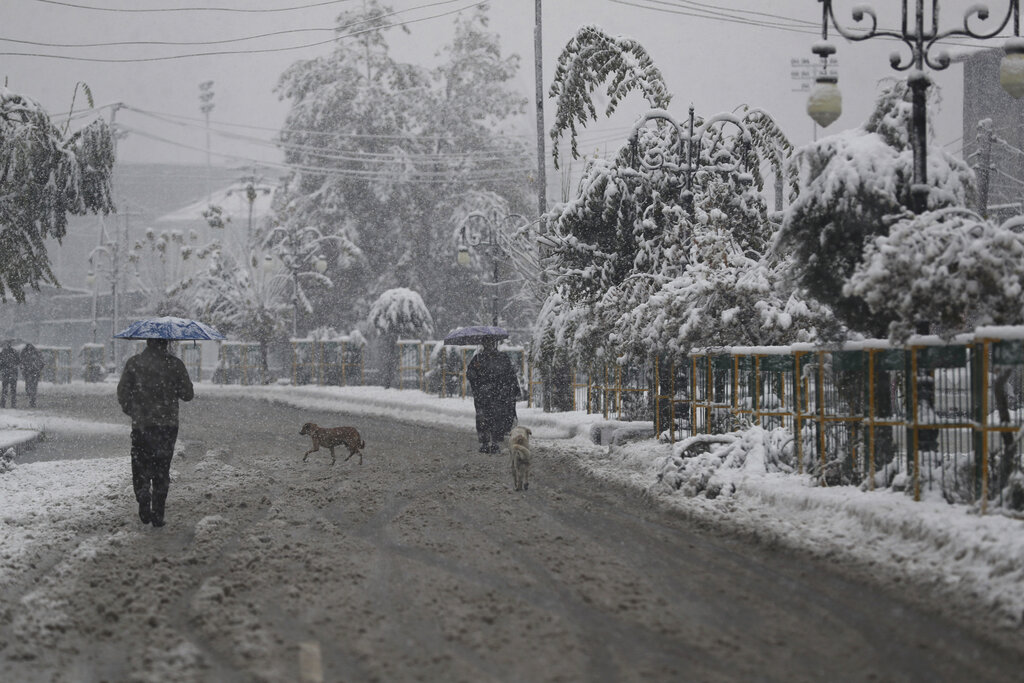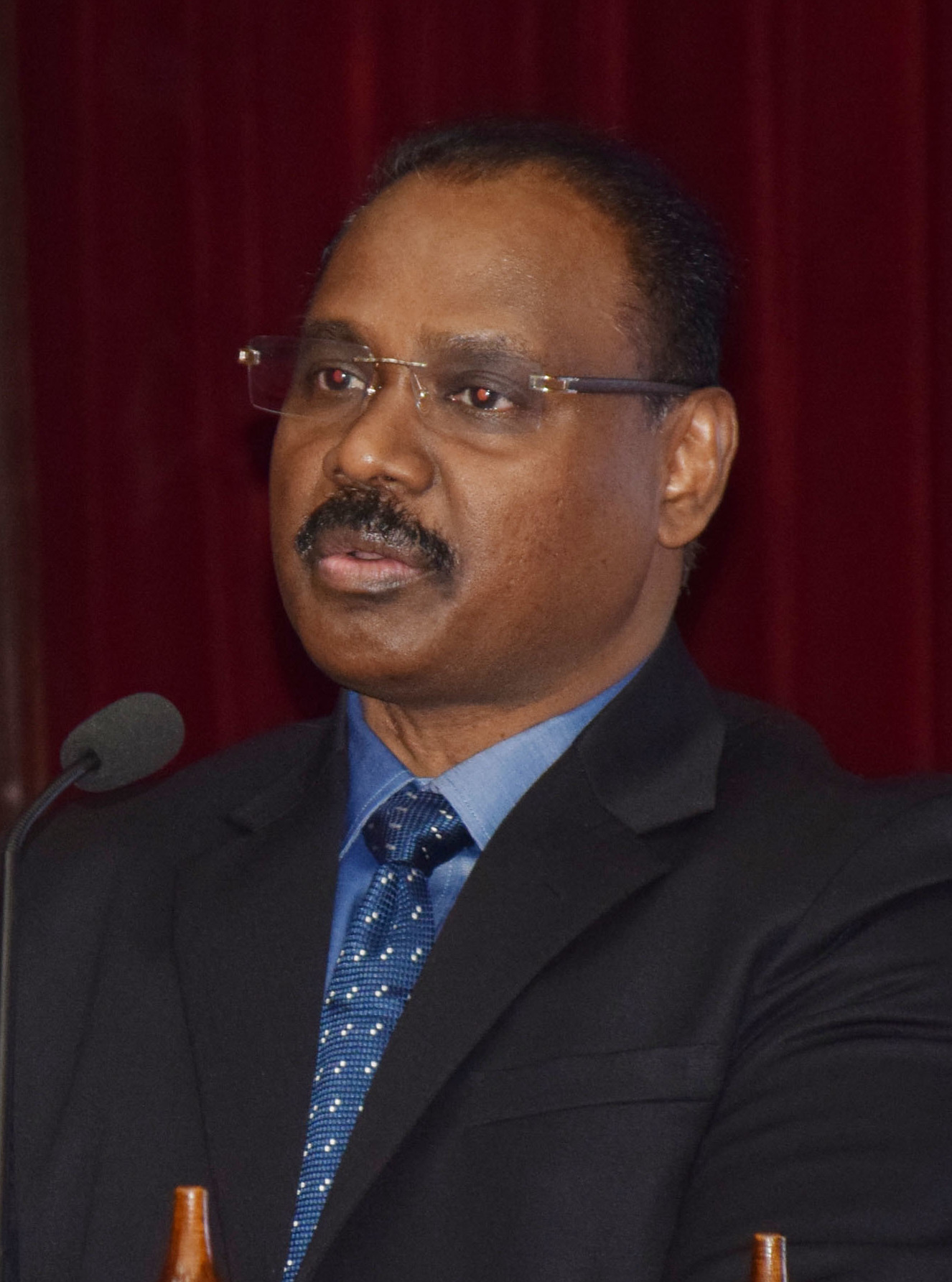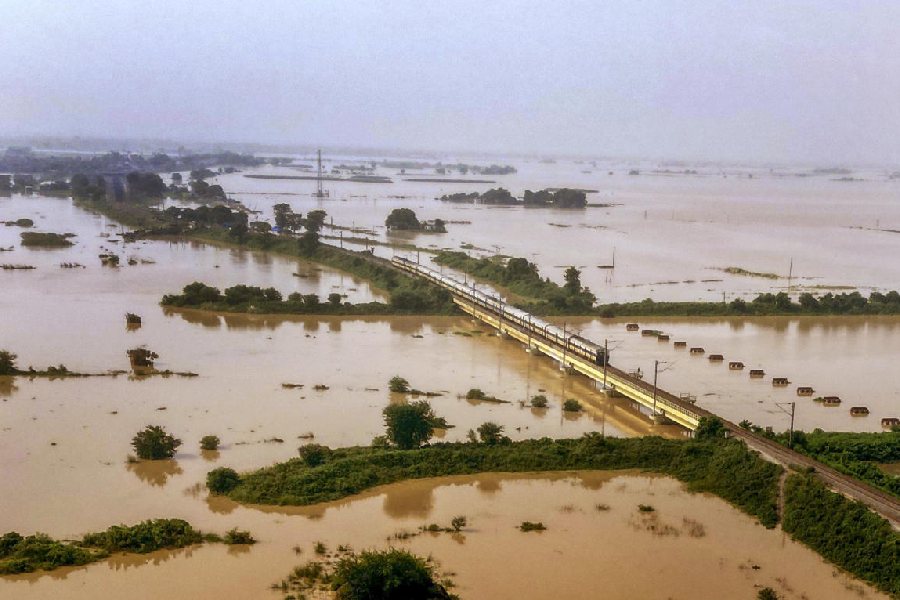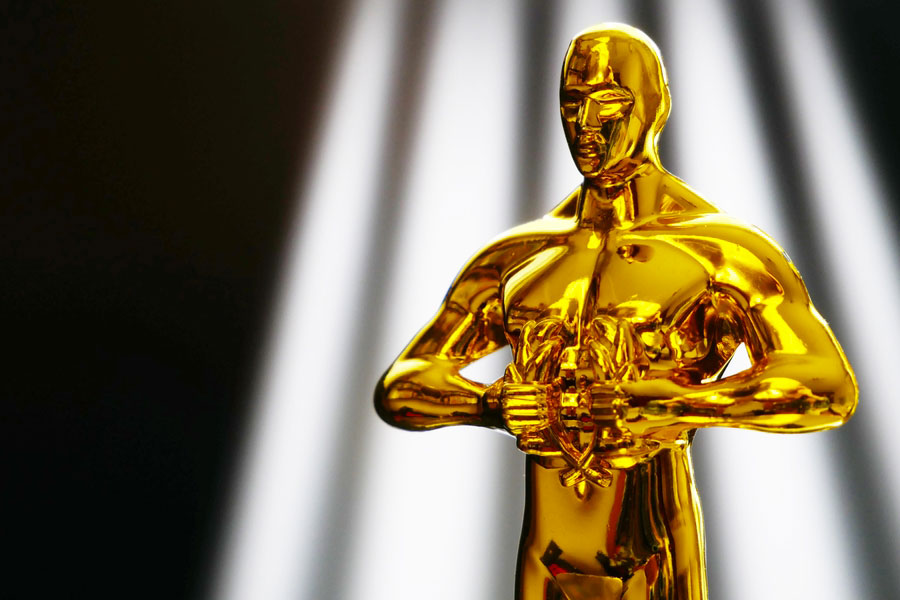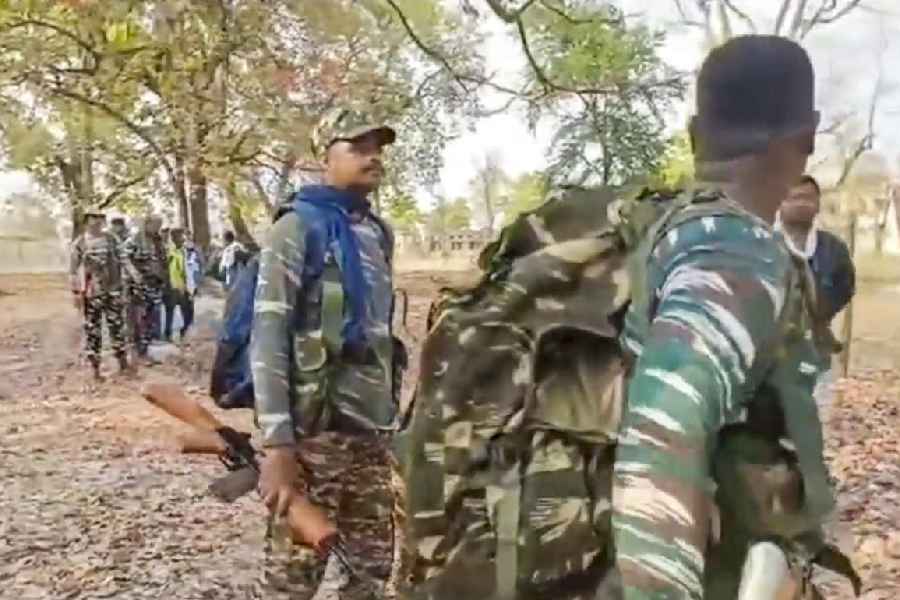Now that over 10 months have passed since the passage of the Jammu and Kashmir Reorganisation Act, 2019 and the new rules in operation, the practical realities of the former state seem to have largely nullified the exaggerated claims made in support of the change. The change had virtually frozen political life within the former state and led to the expending of the country’s political and diplomatic capital at bilateral and multilateral fora.
One of the critical aspects of Article 370 was the provision of Permanent Resident Certificates given to people whose ancestors had lived in J&K for at least 10 years before May 14, 1954. J&K had its own Constitution. As per the Constitution, only those with PRCs were eligible to buy property, get employment in the state, vote in the legislative assembly and become entitled to other privileges.
In order to put in motion the August 5 legislative change, new rules were formulated by the Centre to define the domicile of J&K. As per the new rule, a person residing in J&K for at least 15 years will now be eligible to be a domicile of the new Union territory. A student who has studied for seven years and passed Class 10 or Class 12 in the UT can also apply for the domicile certificate. Children of Central government officials, including those of public sector units and banks who have served in J&K for 10 years, will also be eligible. However, a dispassionate look at the ground realities will demonstrate that the immediate impact of the change is marginal. Existing PRC-holders could easily get the domicile document on the production of the PRC.
While supporting the legislation, the prime minister, Narendra Modi, as well as the home minister, Amit Shah, had invoked the plight of families of those who came from the neighbouring Sialkot district of Punjab province, now in Pakistan, in 1947. Commonly referred to as West Pakistan refugees, they did not meet the criteria, as listed in the J&K Constitution then, to get the PRC. Today, the population of the refugees according to some estimates has swelled to over 1,50,000. However, even after the August 5 development and the formulation of the new rules, not many have come forward as reportedly “members of almost all of these refugee families managed to get their names included in voter lists for J&K elections and procure permanent residency certificates.” It is an open secret that many residents in the former state possessed the PRC document even though they were ineligible as per the old rules. This is not surprising as various surveys have reinforced that corruption levels continue to be very high in J&K in India.
Another much-publicized defence by the ruling Bharatiya Janata Party leadership was that the new legislation will enable the granting of political reservation to J&K’s scheduled castes and scheduled tribes as is prevalent in other states as per the Indian Constitution. However, political reservation for the SCs had already existed in the previous J&K assembly as per J&K’s constitution. As far as political reservation to STs was concerned, a provision that didn’t exist, the main beneficiaries will be the Gujjars who are Muslims and speak Gojri. In April 1991, the then short-lived Congress-supported Chandra Shekhar government at the Centre had granted the ST status to J&K’s Gujjar community.
In the last assembly election, Gujjar candidates were elected in Lolab and the Kangan assembly segments in the Kashmir Valley. In Jammu, the assembly segments of Surankote, Mendhar, Rajouri, Gulabgarh, Darhal, Kalakote and Gool Arnas were represented by Gujjar candidates. As per the 2011 census, the population of Gujjars is around nine per cent of the total population of the former state. This number is less than 10.8 per cent of the community’s representation in the previous J&K assembly if one excludes the four seats of Ladakh, which is now a separate UT. The political parties will have little incentive to give a higher mandate to ST candidates than what they are required to do as per the legislative change. So the de facto reality will be that Gujjar representation in the future legislative assembly of J&K would be the same as it was in the last assembly that was elected in 2014.
The home minister had also announced the constitution of a delimitation commission at the time of tabling the Jammu and Kashmir reorganisation bill. The main motive of this was to correct the alleged regional political imbalance between Jammu region and the Kashmir Valley, a persisting demand of the BJP. In the last assembly, the Kashmir Valley had 46 seats whereas Jammu had 37 seats. Again, no major change is expected in terms of the proportion of the J&K assembly constituencies between the two regions. According to the 2011 census, Kashmir’s population is nearly 1.6 million more than that of Jammu although the area of Jammu is nearly double the size of the Valley.
The change was defended on the grounds that the rules denied women married outside the former state to retain the PRC. In reality, the J&K High Court, in October 2002, had already upheld their right to retain PRC and said that they could inherit property. In 2004, the two main regional political parties within the former state tried unsuccessfully to legislate so as to deny them the PRC. Indeed, there was lack of clarity whether children of women married outside the former state will be able to inherit maternal property. With the abolishment of the PRC, the children of women married outside J&K will have domicile and inheritance rights over maternal property.
On the other hand, some of the detractors of the move too have made exaggerated claims about the mass influx of outsiders to the former state who would buy land and thus change the prevailing demography, including religious, ethnic and linguistic patterns. The militant apparatus has weighed in too. In a statement that was released through its channels on online messaging platforms, The Resistance Front — an affiliate of the Lashkar-e-Toiba according to security agencies — have threatened that “any Indian who comes with an intention to settle in Kashmir will be treated as an agent of RSS and not as civilian and will be dealt with appropriately.” This may have serious consequences.
On October 29, 2019, as the Kashmir Valley observed a shutdown in protest against the legislative change, five migrant labourers from West Bengal were shot dead by militants. This was preceded by attacks on truckers from outside the state in the same month.
There are 2.8 million migrants in the former state as per the 2011 census. This figure has caused a lot of confusion as it has been alleged that such a big number of migrants would change the former state’s demography. As per the 2011 census, a person would be considered a migrant by the place of last residence, if she/he had last resided at a place other than her/his place of enumeration. This includes intra-state migration. The figure of 2.8 million includes the migration of 1.4 million because of marriage, out of which 1.3 million are women in line with patriarchal practice. The actual number of the people who came from outside the former state is a mere 0.16 million, an insignificant number to make an immediate dent on J&K’s demography even if many of them are able to satisfy the conditions of the new domicile order.
In light of the above, it may be worth examining the actual impact of these changes as the new rules of the Jammu and Kashmir Reorganisation Act are in operation now. The exaggerated claims and counter-claims over the impact of the legislation continue to ignite more heat than light as facts on the ground reveal a different reality.
The author has written Militancy in Jammu and Kashmir: The Uncovered Face and Across the LoC: Inside Pakistan-administered Jammu and Kashmir


